The ASUS NUC 13 Rugged Short has a long name, but it also has a lot going for it as a low-power fanless platform from a vendor most have heard of. We can certainly admit when we heard ASUS was sending a dual-core Intel N50 system, we were a bit apprehensive about the performance. While a 6W TDP CPU is not going to out-perform a 100W CPU, it was better than we expected in many ways, especially given the system’s connectivity.
We had a video with this unit and two NUC 14 platforms that you can find here:
We are going to note that this is the “Short” platform with a 6W Intel N50 CPU. ASUS has a standard NUC 13 Rugged that uses 12W CPUs but has a larger heatsink chassis as well.
ASUS NUC 13 Rugged Short External Hardware Overview
On the front of the system, we get almost everything. There are two HDMI ports and four USB ports. Two are USB 2.0 Type-A and two are USB 3.2 Gen2 Type-A. There are then two Intel-based 2.5GbE ports and a DC power input. The small piece on the right side might look like it is from Tetris, but it is there to wrap the power cable around to lock it in place.
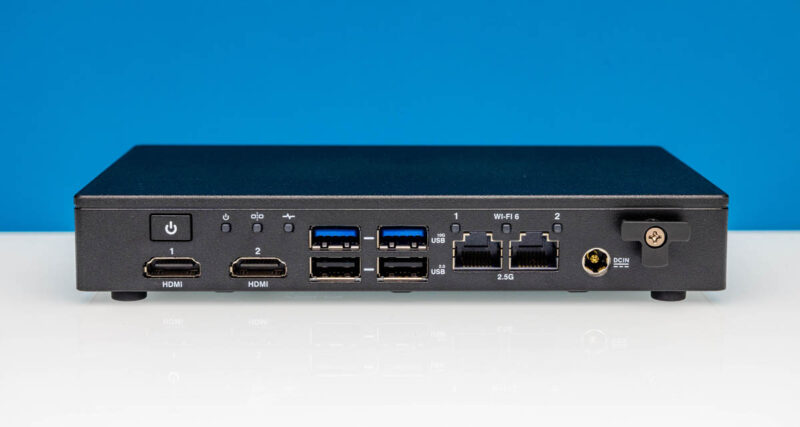
On the side, we get a locking point.
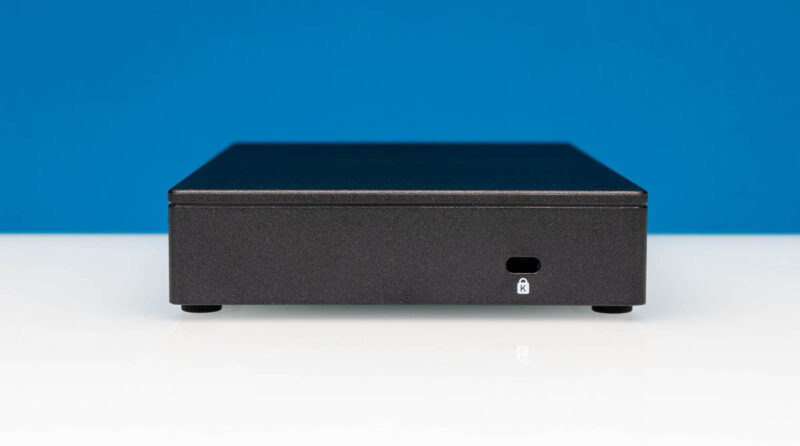
On the other side, we get an NUC expansion area. As a quick note, we tried adding the kit we had for the 2.5GbE and USB 2.0 from the 12th-gen NUC, and it ended up fitting physically here, but the internal cable did not fit.
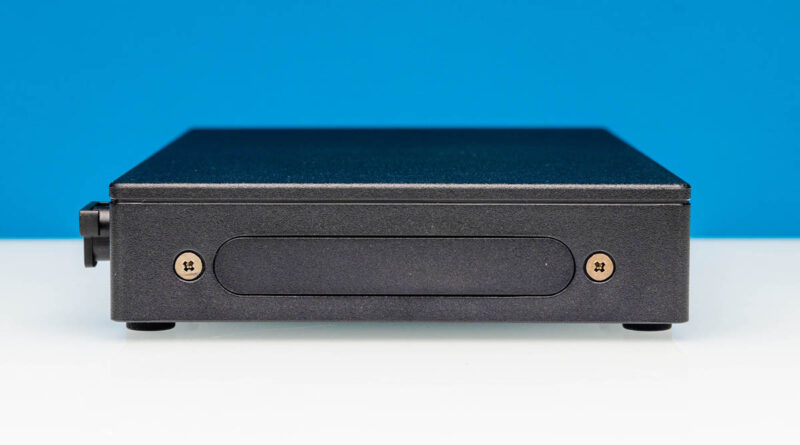
On the back, there is not a lot other than some metal.
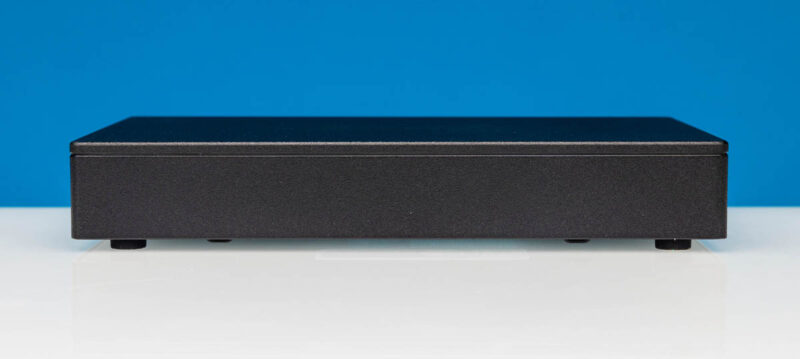
On the bottom, we have rubber feet. ASUS has tool-less chassis on some of its other NUC designs, but this is one where it was easy to service with captive screws.
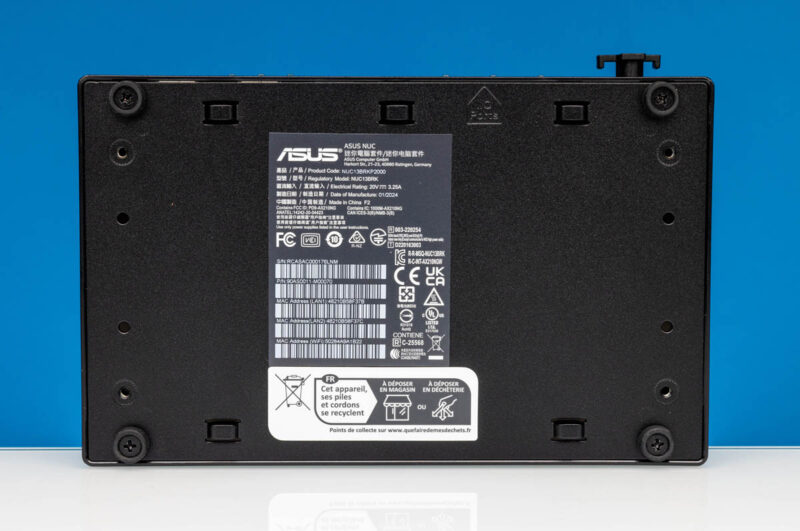
Next, let us get inside the system.

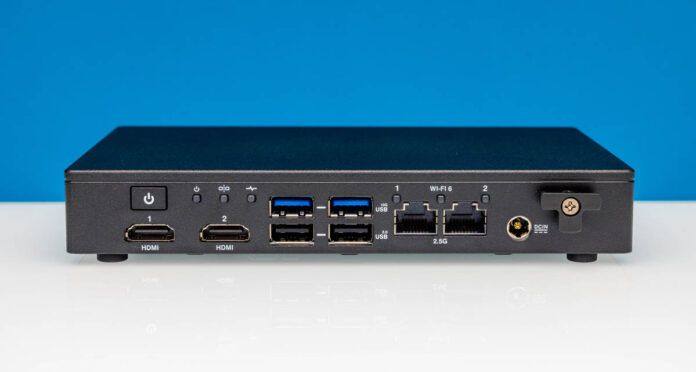
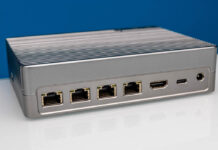
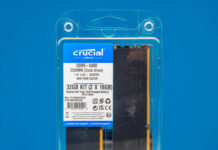
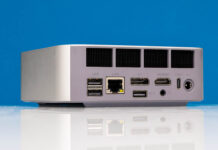
An important bit that seems to be missing: What NICs does it use?
@James
The N50 and X7211E versions are using dual Intel I226-V. The X7245E version is using dual Intel i226-LM due to more advanced capabilities like Time Coordinated Computing and Time-Sensitive Networking.
Nice. Looks like it could be a good computer for a shop location that gets a lot of heat/dust/metal shavings. Or even a good computer for inside a sound recording booth.
All these numbers are nice for comparison with other devices, but what would a typical use case for these things be? Would it be powerful enough to run basic networking services like dns/dhcp and routing/firewall on linux for a small home?